
Developer: Spiderling Studios
Publisher: Ultimate Games
Platform: PC, PS4, PS5, Switch, Xbox One, Xbox X/S,
Tested on: Switch
Besiege – Review
Back in September, it was a joyous day for all medieval engineers, as the beloved physics-based game Besiege came to the handheld format of the Nintendo Switch. Besiege challenges players to construct machines that navigate treacherous terrain and dismantle fortresses. This port promised the full sandbox experience, but we were wondering if it retained the charm and precision of its PC counterpart. Let’s break down how well Besiege has transitioned to Nintendo’s hybrid console.
Story
Like many sandbox games, Besiege places minimal emphasis on its story. While there is a narrative framework, it mostly revolves around your gradual conquest of a planet. You begin in one kingdom and progress through levels to unlock new areas, each with names that hint at your advancing toward the center of the current realm. However, beyond these subtle cues, the story remains absent and doesn’t impact the gameplay.
Graphics
Given its focus on creativity, Besiege doesn’t aim for high-end graphics, but it still manages to impress with a clean, polished art style. The distinctive design of each piece ensures that even large, intricate siege engines remain visually clear and uncluttered. This visual clarity is particularly important for handheld mode, where smaller screen sizes might otherwise hinder gameplay.
Sound
The sound design in Besiege is simple yet effective. Calming background music sets the tone for building intricate siege engines, providing a relaxed atmosphere for focused creativity. When testing your creations, the serene sounds give way to the chaotic noise of destruction—buildings collapsing, people and animals perishing—all of which complement the game’s emphasis on explosive action and careful design.
Gameplay
At first glance, Besiege appears straightforward: maneuver vehicles, press buttons, and destroy objectives. However, the heart of the game lies in constructing the siege engines themselves. This aspect is both liberating and challenging, as the game gives you complete access to all building blocks from the start. While this allows for unrestricted creativity, it can also feel overwhelming for newcomers, as the lack of guidance or suggested builds makes the learning curve steep.
This openness is a double-edged sword. On one hand, it encourages inventive solutions without interference; on the other, it leaves players who crave initial direction struggling to get started. Fortunately, the game has an active online community with plenty of resources like mods, forums, and tutorials to help bridge this gap. The interface, while visually appealing, also suffers from minimal explanations beyond basic navigation and object placement. The Switch version also introduces its own challenges. Precision, essential for building and attaching components, is more difficult on the smaller handheld screen. Additionally, the absence of multiplayer, which is available in the PC version, means the Switch release is purely a single-player experience, limiting opportunities to test your creations against others.
Adding to the steep learning curve is a submenu that contains crucial information about gameplay mechanics and engineering principles essential for building effective siege engines. This menu also provides guidance on the Switch’s unique controls, such as touch inputs that allow for more intuitive zooming and rotating than button-based controls. Unfortunately, the game never highlights or introduces this submenu, making it easy to overlook. Players might miss helpful explanations about how different blocks work and how the Switch-specific features can enhance their experience. This oversight can lead to unnecessary frustration and trial-and-error, especially since these controls effectively address the challenges of working on the smaller handheld screen.
For players who enjoy unrestricted creativity or want to experiment with new builds, Besiege offers a ‘sandbox’ mode featuring three distinct locations. One location is optimized for flying machines, another for aquatic designs, and a third provides a vast, endless plane for general experimentation. These sandboxes are ideal for revisiting and refining past creations saved in your logbook. These updated versions can then be saved to be used in the game’s main levels. A nice piece of quality-of-life, especially for someone just figuring out the controls, is the auto-loading of the last engine you built in the ‘story’. However, the lack of a multiplayer mode stings here, as it means you can neither showcase your designs to others nor test them in player-versus-player combat.
Once you believe your siege engine is complete, the only thing that’s left to do is test it in one of the four regions. This reveals how well your design handles the game’s playful physics and the obstacles the game puts in its way. Watching your machine in action is both satisfying and frustrating—balancing the pride of success with the inevitability of tweaks and redesigns.
Conclusion
Besiege is a fantastic sandbox game for players who enjoy creativity-driven gameplay with straightforward objectives in a whimsical medieval setting. While its lack of a tutorial may be off-putting for some, the game rewards experimentation and persistence. If you love inventive destruction and don’t mind a hands-on physics lesson, Besiege is a rewarding experience. Just be ready to learn by trial and error.

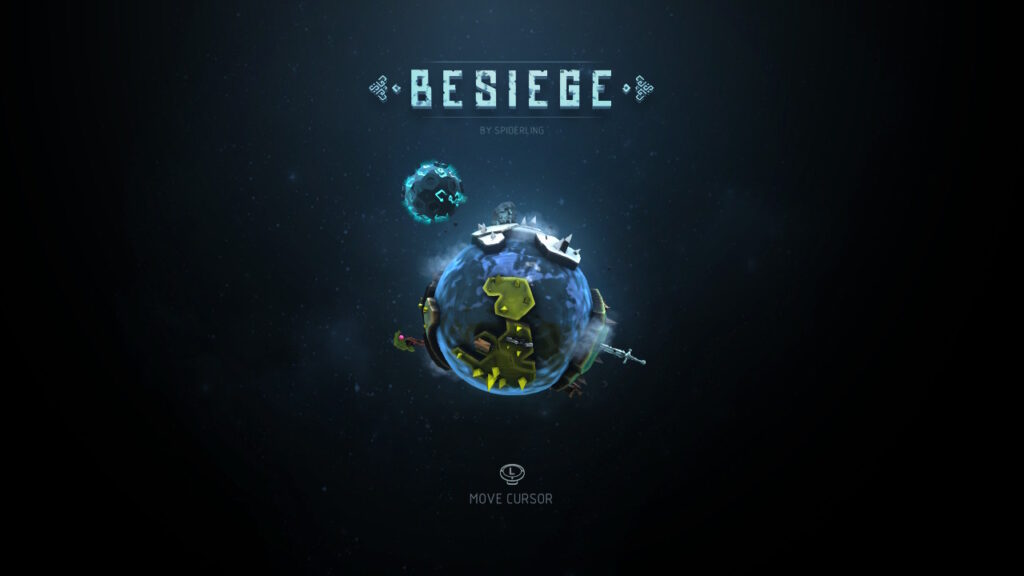
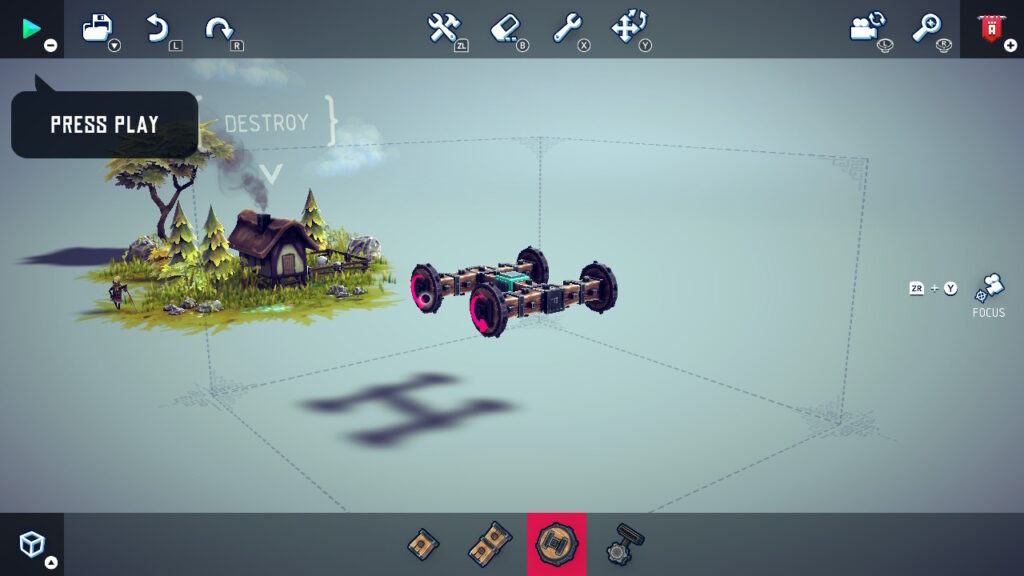
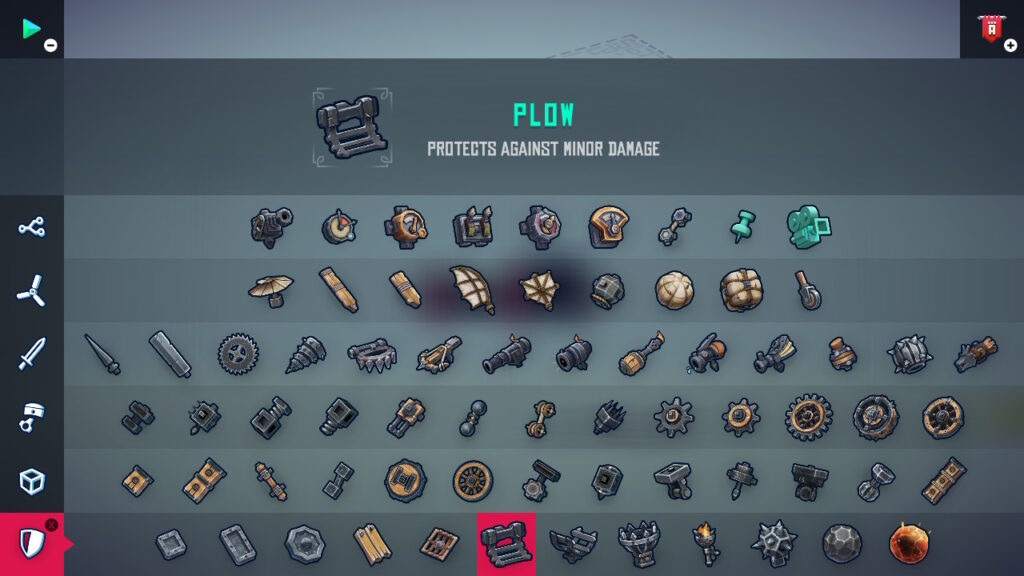
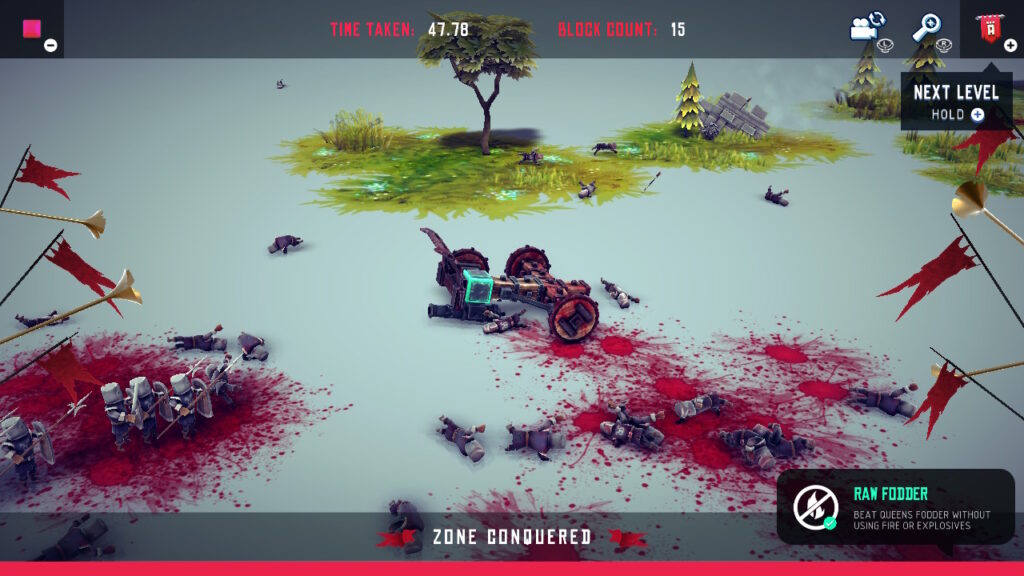
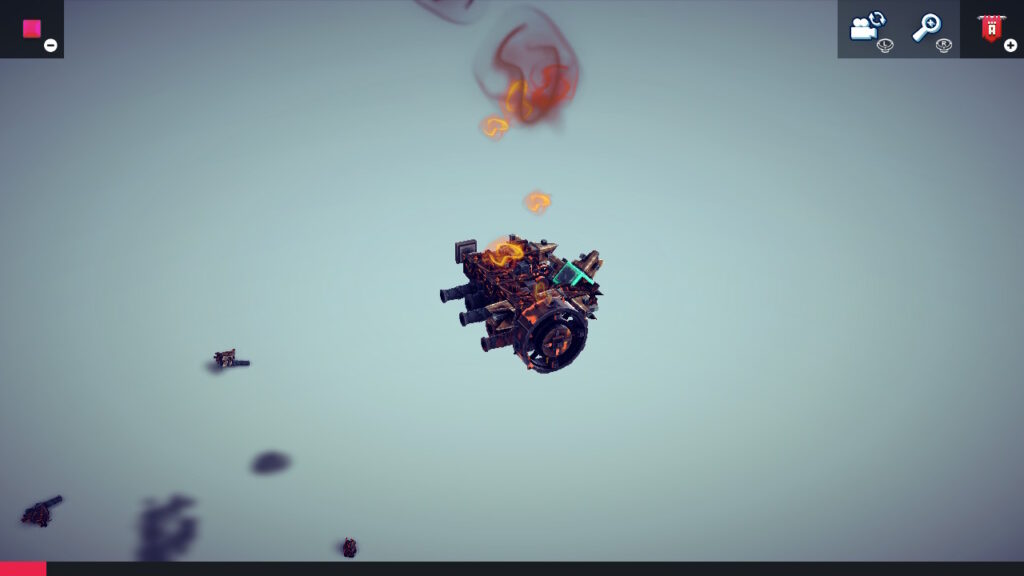




No Comments